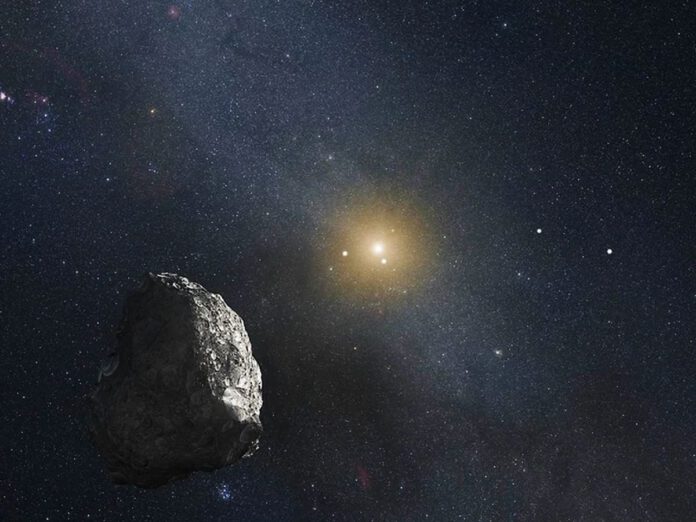
Using the James Webb Space Telescope, researchers have now discovered carbon dioxide and carbon monoxide ice on trans-Neptunian objects. These are celestial bodies located beyond Neptune’s orbit. This finding suggests that CO2 has been present since before the solar system formed.
Breakthrough Findings Published
This discovery is detailed in the journal Nature Astronomy. Astronomers based their conclusions on observations made with the James Webb Space Telescope. They examined 59 trans-Neptunian objects and Centaur asteroids, which are primarily ice-based asteroids located between the orbits of Jupiter and Neptune. As a result, carbon dioxide was identified in 56 trans-Neptunian objects, while carbon monoxide was found in 28 trans-Neptunian objects.
Unexpected Discoveries
Researcher Mário Nascimento De Prá noted the surprising nature of these findings. “We did not expect carbon dioxide to be so prevalent in the trans-Neptunian region, and even less that carbon monoxide would be present in so many trans-Neptunian objects,” he explained.
Protoplanetary Disk Insights
The discovery hints that carbon dioxide existed in ice form before the solar system began to take shape. “Trans-Neptunian objects are remnants of the planet formation process,” De Prá elaborated. “Because they formed farther from the Sun and are smaller than planets, they retain untouched information about the original composition of the protoplanetary disk.”
A protoplanetary disk is a gas and dust disk surrounding newly formed stars, from which celestial bodies like planets, asteroids, and comets are created. Our Sun also possessed such a protoplanetary disk. The composition of trans-Neptunian objects can thus provide insights into the make-up of that disk. Specifically, the presence of carbon dioxide in these objects suggests that CO2 ice was abundantly available in the cold, outer regions of the gas and dust disk.
Origins of Carbon Monoxide
“While carbon dioxide is likely derived from the protoplanetary disk, the origin of carbon monoxide is less certain,” De Prá stated. “Carbon monoxide is volatile even on the cold surfaces of trans-Neptunian objects. We can’t rule out that it came from the protoplanetary disk and somehow persisted until now.” However, this scenario isn’t very plausible. “Carbon monoxide could also form from constant bombardment by ions from the Sun or other sources,” noted researcher Elsa Hénault. “We’re currently investigating this hypothesis further.”
Variations and Their Implications
The detection of carbon dioxide ice on trans-Neptunian objects also presents intriguing questions, according to Hénault. “Although we found CO2 to be widespread on trans-Neptunian objects, it’s certainly not uniformly distributed. Some objects are low in carbon dioxide, while others are rich in it and also contain carbon monoxide. Some objects hold pure carbon dioxide, while in others, it’s mixed with substances like methanol and water ice.”
The researchers ponder these differences and conclude that the variations can be attributed to these objects having originated in different regions and undergoing different developmental paths in their early years. This means that by examining the presence of CO2 and CO, we can learn more about the formation and history of trans-Neptunian objects. “Our findings may provide crucial boundaries for understanding where these objects formed, how they reached their current regions, and how their surfaces have evolved,” De Prá explained.
Although the research provides many insights, it also raises new questions, particularly regarding the origin of the detected carbon monoxide. “When it comes to what trans-Neptunian objects are made from and how they formed, we’ve just begun to scratch the surface,” De Prá said. Much more research is needed, and the data collected by De Prá and his colleagues will undoubtedly be instrumental. “Our extensive observations will keep scientists engaged for years to come,” Hénault remarked.











